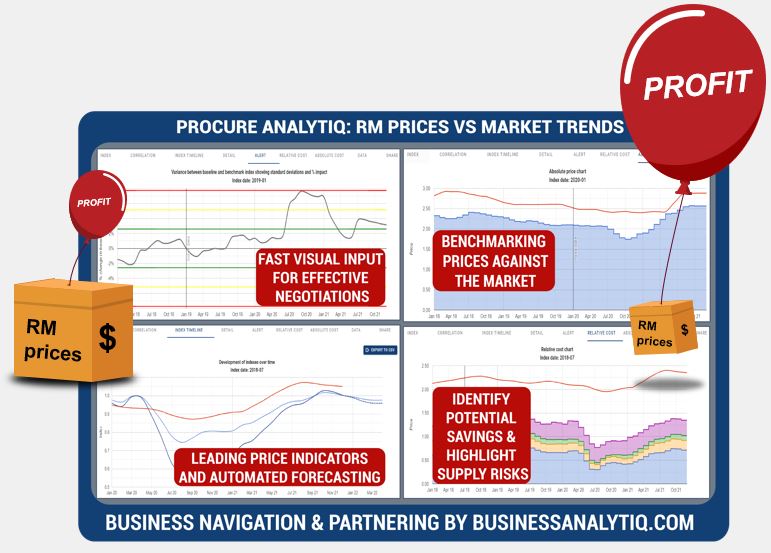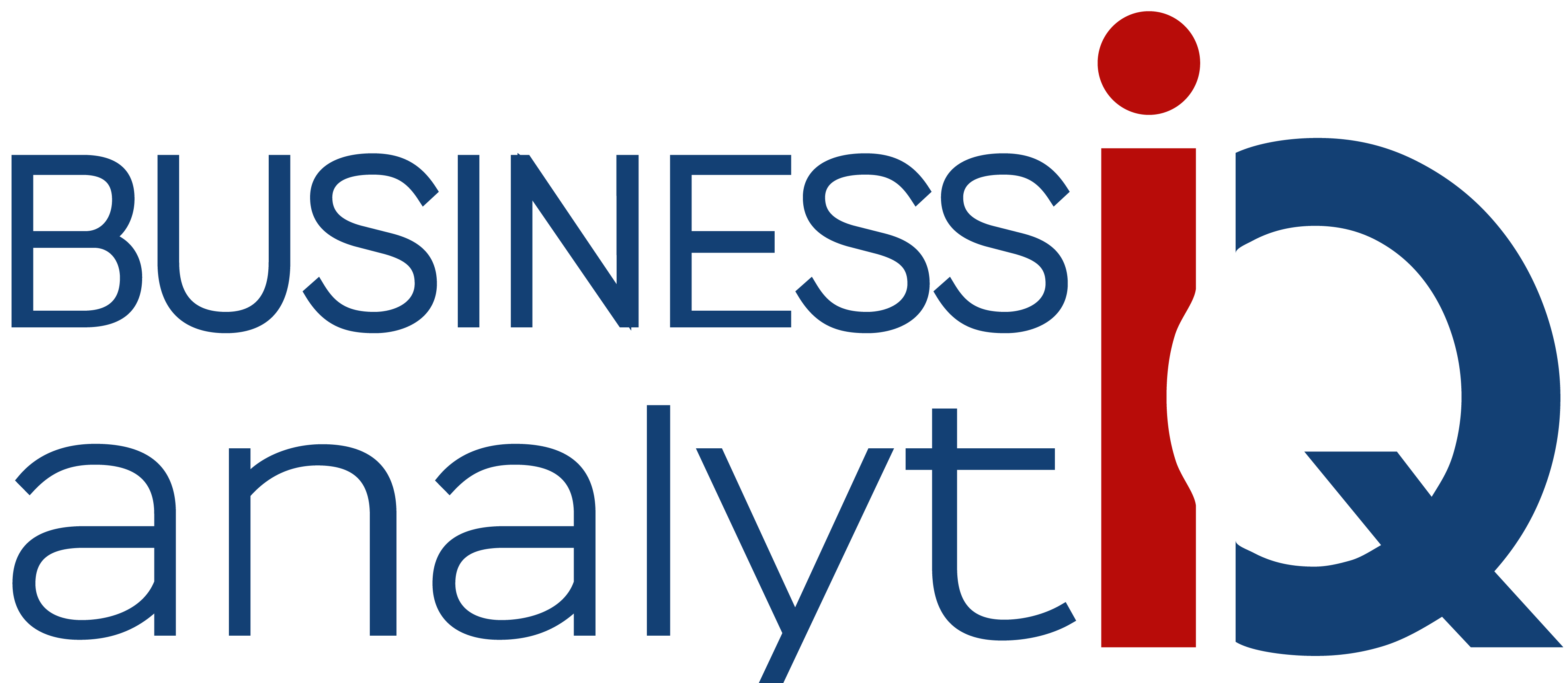Iron Ore price April 2024 and outlook (see chart below)
- North America:US$0.11/KG, unchanged
- Europe:US$0.1/KG, -9.1% down
- Africa:US$0.11/KG, -8.3% down
- Northeast Asia:US$0.11/KG, -8.3% down
- South America:US$0.1/KG, -9.1% down
- India:US$0.08/KG, -11.1% down
- Australia:US$0.08/KG, unchanged
Business Analytiq assumes no responsibility or liability for any errors or omissions in the content of this site. The information contained in this site is provided on an “as is” basis with no guarantees of completeness, accuracy, usefulness, or timeliness.
Iron Ore price index
This post is a summary of the Iron ore price developments. The price developments of Iron ore are expressed in US$ prices converted FX rates applicable at the time when the price was valid. Iron ore price index developments are calculated from multiple separate sources of data to ensure statistical accuracy.
The outlook for Iron ore prices, on the second tab, is generated from different inputs including:
- Very recent price developments of immediate cost drivers of Iron ore prices
- Recent price developments of underlying feedstocks which drive the price of Iron ore
- Market futures for both cost drives and feedstocks of Iron ore prices
- Adjustment of current supply/demand imbalances in the Iron ore market
- Longer term trends in likely demand conditions
Further information on the Iron Ore price index
What is Iron ore
Iron ore is a type of rock that contains substantial amounts of iron oxides, primarily hematite (Fe2O3) and magnetite (Fe3O4). It is the primary raw material used in the production of steel, which is a vital construction material and a key component of many products used in our daily lives.
Iron ore is typically found in the form of minerals within rocks and is extracted from the earth through mining. It is then processed to produce a concentrated form of the ore, which is used in the production of steel. The concentration process typically involves crushing and grinding the ore and separating the resulting material by size.
There are several types of iron ore, which are typically classified based on the minerals that they contain. The most common types of iron ore are hematite (Fe2O3) and magnetite (Fe3O4).
Hematite is a reddish-brown mineral that is composed of iron oxide. It is the most important source of iron ore, and it is typically found in the form of a mineral called hematite Fe2O3, which is an oxide of iron and oxygen. Hematite is typically found in sedimentary rocks and is often mined through open-pit mining methods.
Magnetite is a black, magnetic mineral that is composed of iron oxide. It is an important source of iron ore and is typically found in igneous and metamorphic rocks. Magnetite is typically mined through underground mining methods.
Other types of iron ore include goethite (FeO(OH)), limonite (FeO(OH).n(H2O)), and siderite (FeCO3). These minerals are less common sources of iron ore, but they may be found in some deposits.
Iron ore is an important resource, and its extraction and processing have significant environmental impacts. The extraction of iron ore can result in the release of greenhouse gases, and the mining and transportation of the ore can also have negative impacts on the environment.
How is Iron ore produced
Iron ore is produced through the mining of iron-containing rocks, which are then processed to produce a concentrated form of the ore. The concentration process typically involves crushing and grinding the ore and separating the resulting material by size.
Iron ore is typically found in the form of minerals within rocks, and it is extracted from the earth through mining. There are several types of mining methods that can be used to extract iron ore, including open-pit mining, underground mining, and surface mining.
Open-pit mining is a method in which iron ore is extracted from an open pit in the ground. This type of mining is typically used when the ore deposits are located close to the surface, and it involves the removal of large amounts of earth and rock to access the ore.
Underground mining is a method in which iron ore is extracted from underground tunnels or shafts. This type of mining is typically used when the ore deposits are located deep beneath the surface and requires the use of tunnels and shafts to access the ore.
Surface mining is a method in which iron ore is extracted from the surface of the earth. This type of mining is typically used when the ore deposits are located near the surface, and it involves the removal of the top layer of earth and rock to access the ore.
Once the iron ore is extracted, it is processed to produce a concentrated form of the ore, which is used in the production of steel. The concentration process typically involves crushing and grinding the ore and separating the resulting material by size. The resulting concentrated ore is then transported to a steel mill, where it is used in the production of steel.
What is iron ore used for
Steel is an alloy of iron and carbon, and it is used in a wide range of applications, including the construction of buildings, bridges, and infrastructure, as well as in the manufacture of cars, appliances, and other products. It is also used in the production of a variety of industrial products, such as machinery, equipment, and tools.
Iron ore is also used in the production of pig iron, which is an intermediate product used in the production of steel. Pig iron is produced by smelting iron ore with coke and limestone in a blast furnace, and it is used as a raw material in the production of steel.
In addition to its use in the production of steel and pig iron, iron ore is also used in the production of a variety of other products, including cement, asphalt, and fertilizers. It is also used as a feedstock in the production of certain chemicals and in the manufacturing of a variety of other products.
How big is the iron ore market
According to data from the World Steel Association, global steel demand has increased significantly in recent decades, and it is expected to continue to grow in the coming years. As a result, the demand for iron ore is also expected to remain strong.
In terms of market size, the global iron ore market is difficult to quantify due to the many variables that can affect the market, including changes in steel demand, changes in global economic conditions, and changes in commodity prices. However, it is clear that the iron ore market is a significant and important market that plays a vital role in the global economy.
According to https://oec.world/ :
Iron Ore are the world’s 13th most traded product.
In 2020, the top exporters of Iron Ore were Australia ($79.6B), Brazil ($26.5B), Canada ($5.73B), Ukraine ($4.27B), and South Africa ($4.06B).
In 2020, the top importers of Iron Ore were China ($99B), Japan ($8.24B), South Korea ($5.94B), Malaysia ($2.27B), and Singapore ($2.23B).
Further information
Data source: IMF
This data has been partly provided by the IMF and the World Bank. The only change is that it has been indexed for Jan 2019 (so Jan 2019 is set as the index 1.00). The data is provided subject to the terms and conditions as defined by the IMF
Business Analytiq
BE THE FIRST TO SEE RISK AND OPPORTUNITY!
BusinessAnalytiq provides unlimited market trend data and an online tools to track market developments, key benchmarks & leading indicators.
BusinessAnalytiq leads to price visibility, better negotiations, easier budgeting and forecasting, lower raw material prices, and improved better internal and external communication. BusinessAnalytiq will decrease risk and higher profit.

Where does the data come from?
- The source of the data are exclusively public non-confidential sources. We have no access to primary data
- This the index trend of the price trend of the "product category" in general, and not a single specification of the product in particular
- The data is a combination of contract and spot pricing
- Our algorithms are set up to eliminate significant product mix impact on the reported price
- We combine public publications, import/export records, trading prices, company announcements, magazine articles, tweets, and other sources of ad-hoc public information.
- The chart shows the our best approximation of the market trend based on our algorithm interpretation of the signals
- For most indexes we have multiple sources and we focus on using statistically-correlated sources
- As a function of our automation, it is likely that recent trends will be adjusted as we discover more information. So, for example, the price trend for February 2024 will be first calculated in February 2024 and adjusted in March, April and May 2024.
- We will update the data trend as more information becomes available, and this means that recent trends will always be adjusted as we get more data available
- The algorithm will regularly revise our understanding of market trends, and indicated market trends may change
- The data is presented in US$. The UOM of measure is shown in the Index list table
- Our automated software and we do our best to create an accurate representation of the trend
Where does the data NOT come from?
- We do not purchase data from any other source and republish it.
- We will not purchase data from any other source and republish it
- We do not extrapolate trends, even for the forecast. We look for other market signals and leading indicators
What data should our company use?
- If you are making decisions driving significant share of profit, we always recommend that you buy data from the companies who invest in direct primary market access such as ICIS, amongst many others
- Our data, at best, represents an estimate of the market trend based on public information
- We have no direct access to the market, and we do not interview suppliers and customers
- Our automated analysis tools in the online software are set up to combine our data with other sources of data
- We do not recommend that you use our data for direct price mechanisms, as we may change and improve the data trends over time, including historical data
What does the quality indication in the main menu mean?
- Quality level A: Data is from a reliable and confirmed source
- Quality level B: Data is from multiple credible sources and there are no major statistical inconsistencies between them
- Quality level C: Data is from multiple credible sources and there are some statistical inconsistencies between them
- Quality level D: Data is from a single credible source, but we cannot verify the data
- Quality level E: Data is either:
- From a single source, which we consider reliable, but we cannot verify the data.
- From 2 or more sources which have some periods of contradicting trends.
- Quality level F: Data is from a single source which we consider indicatively correct, but the data is anecdotal and we cannot verify the data.
What are the disclaimers?
- We assume no responsibility or liability for any errors or omissions in the content of this site.
- The information is provided on an “as is” basis with no guarantee of completeness, accuracy, usefulness, fitness for purpose or timeliness.
- By their nature, outlooks are always uncertain
How often do we update the data?
- We aim to update the data series on the 9th and 24th of each month (but we do not always make it for each chart)
- The data for the current month and recent history are fine-tuned over time.
What are we doing to improve the data?
- We are continually improving our data collection and processing methods
- Pricing data will be updated from time to time as we improve the accuracy
- We are reviewing all data sources in the first half of 2024.
- There will be continuous fine-tuning of the trend and forecast algorithm as part of that.
- The key focus in 2024 is to add many additional indexes
How can i give feedback on the data or request for new indexes
- Feel free to contact us if you have a specific request. You can reach us via the Contact us page

